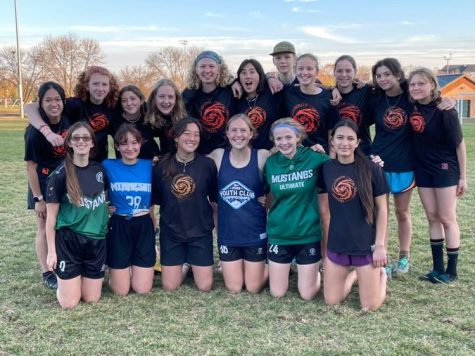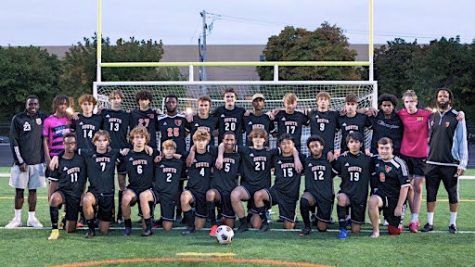Booster club support is an important element in athletic performance
Cookie dough, water bottles, raffle tickets, t-shirts. Hundreds of South students each year scramble to sell these to their classmates, teachers, neighbors, and family members. These small sales play a huge role in fundraising for their team’s booster club, which supports the team financially.
The baseball team holds numerous fundraisers throughout the school year. From cookie sales to golf tournaments, the booster club raises tens of thousands of dollars each year.
The costs go to numerous things, including additional coaches, field use, tournament fees, and busses. The success of the booster club allows the only cost for the students to be uniforms, warm up jackets, and equipment fees, a cost totalling around $80-100.
Despite all the money, baseball player and junior Tanner Anderson says “money is always tight.” Anderson says he wishes their field could have a scoreboard, or lights, like many of their suburban competitors do.
However, the baseball team’s financial situation seems luxurious compared to the basketball team’s. Booster club secretary Marcie Johnson says one of their goals for this year was “we wanted to make sure every player had a basketball.” The club also works to provide dinner for all players at games.
Of course, basketball does not incur as many costs as baseball. But, as basketball player Elerson Smith says, “there are probably richer kids who play baseball than basketball, so they can ask their parents for money, have a little more money to throw around.”
“It’s just easier to play basketball. You can just go outside to any park. That makes it more accessible,” Marcie Johnson.
The wealth of a player’s family has a significant impact on what they can fundraise. Wealthier parents generally have wealthier friends, co-workers, and neighbors, who can donate more when fundraising season comes around.
Smith jokes that teams like hockey have parents “throwing around money like crazy.” While this may be an exaggeration, the wealth of the parents does play an important role in what teams are able to do.
Teams with generally white, wealthier players such as soccer, hockey, and baseball generally raise more money and are able to do more with their money. The women’s soccer team takes a yearly trip to Duluth, and the hockey team takes numerous trips in which their hotel rooms and travel fees are covered by the booster club.
“[Fundraising] helped us a lot, especially the Duluth trip because we all got to spend time together and we got to know each other, and that really helps with soccer because it’s a team sport,” said freshman soccer player Beatrix Del Carmen.
The soccer team does huge amounts of fundraising as well, and a large part of their fundraising comes from Super Soccer Saturday, organized by parents every year.
Amount teams are able to fundraise certainly has an impact on what the teams are able to do, and what experience they are able to gain. More money can give small advantages over other teams, such as opportunities for team bonding, extended practice time or nicer equipment.
One example Del Carmen gave is that their booster club pays for busses. “We practice at Nokomis, and we got busses there which was really good for the people who couldn’t get rides there… We got more practices that way,” she said.
While at South it is unclear whether or not money has an impact on team’s overall performance, it certainly does in the state as a whole. Booster clubs at schools such as Minnetonka host silent auctions auctioning off big ticket items including exotic vacations and expensive jewelry.
The schools rack up corporate sponsors, which give more money than South small’s community sponsors have the ability to give. Eden Prairie High School’s include Walmart, Culver’s, and Allstate Insurance, whereas South’s tend to be more similar to one of the football team’s main sponsors, the Longfellow Grill.
The fundraising for these Suburban schools turns out to be enormous. What athletic costs aren’t paid for by the booster club’s tremendous savings are supplemented by wealthy alum and family donations. Recently Wayzata spent $320,000 on a scoreboard, $281,000 of which was paid for by private donors.
Johnson says part of their funds do come from direct donation, but “by donations I’m talking 20 bucks, 40 bucks.”
Not only does money play a role in the experience players are able to gain on a team, but on the performance of the team. Four schools, Eden Prairie, Wayzata, Edina and Minnetonka, all in some of the most affluent suburbs, won 35% of the state titles for major schools between 2008 and 2013 reported the Star Tribune.

Hello! I am Frances Matejcek and I am a senior at South. I hold the titles of both Arts and Entertainment Editor and Social Media Editor on the Southerner....

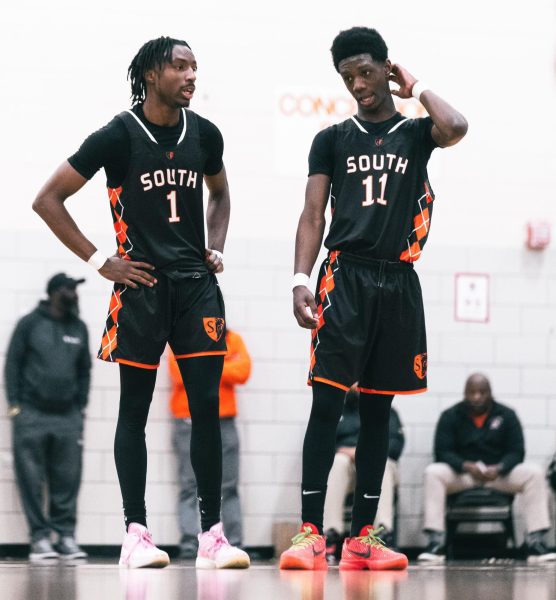

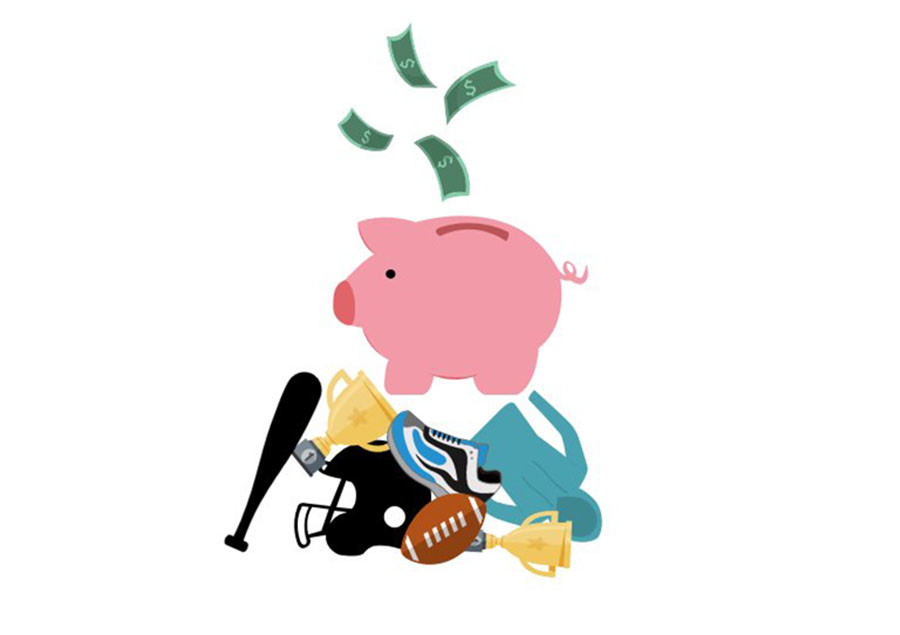
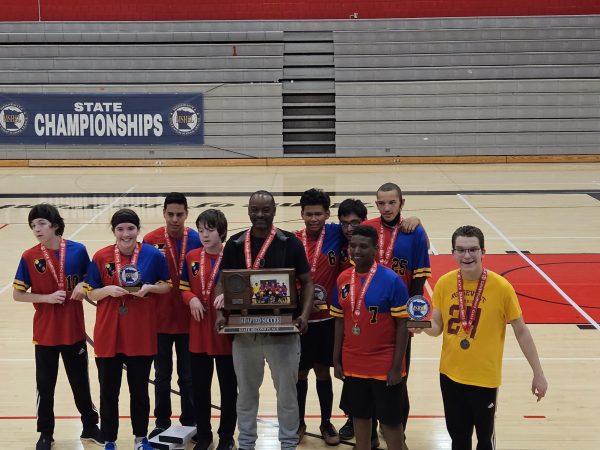
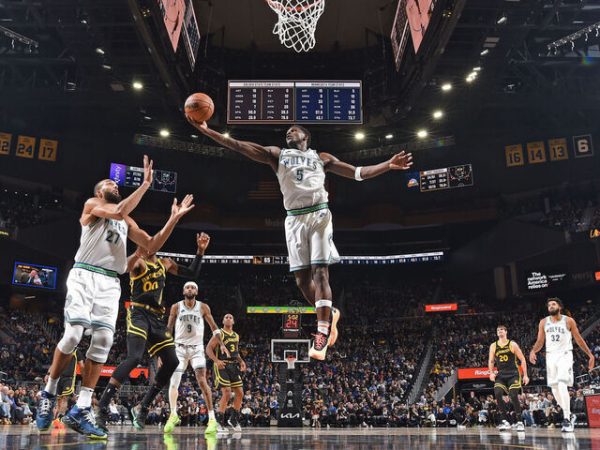
![Senior Ingrid Noren heads to school in February. She recommends winter biking, saying that “it’s better for your health [and] better for the planet.”](https://www.shsoutherner.net/wp-content/uploads/2023/03/Winter-biking-475x356.jpg)

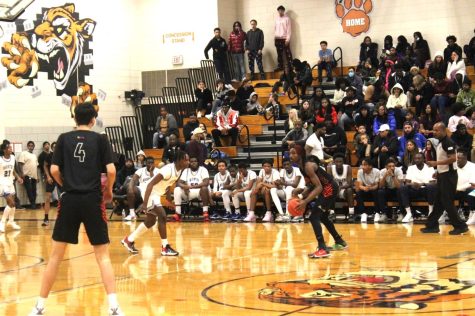
![Dance is affected by sexism, capitalism and semantics but that doesn’t change the fact that dance is an art; an influential art that is unlike anything else. “The amount of time, effort and commitment you have to put in to be a good dancer [is overlooked]...Everyone has to work really, really hard to get where they are.”](https://www.shsoutherner.net/wp-content/uploads/2022/11/dancevisual1-475x441.jpg)
